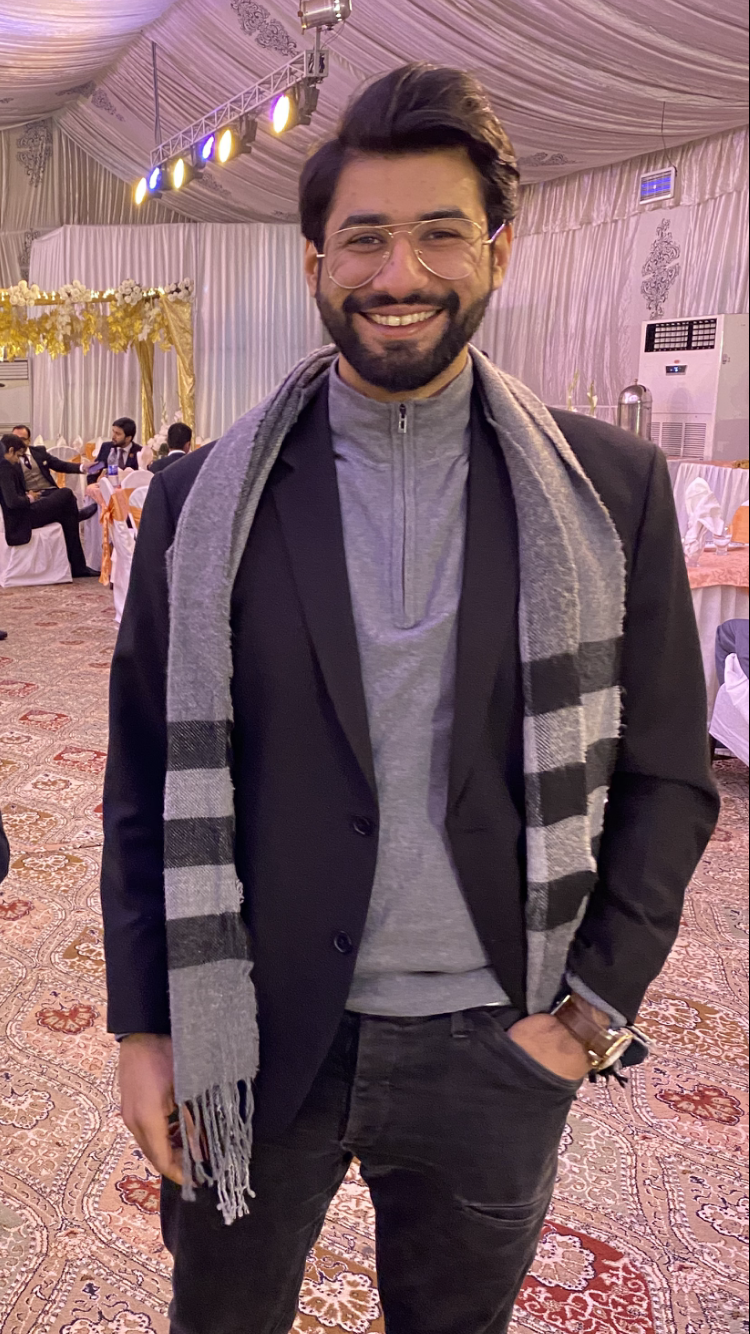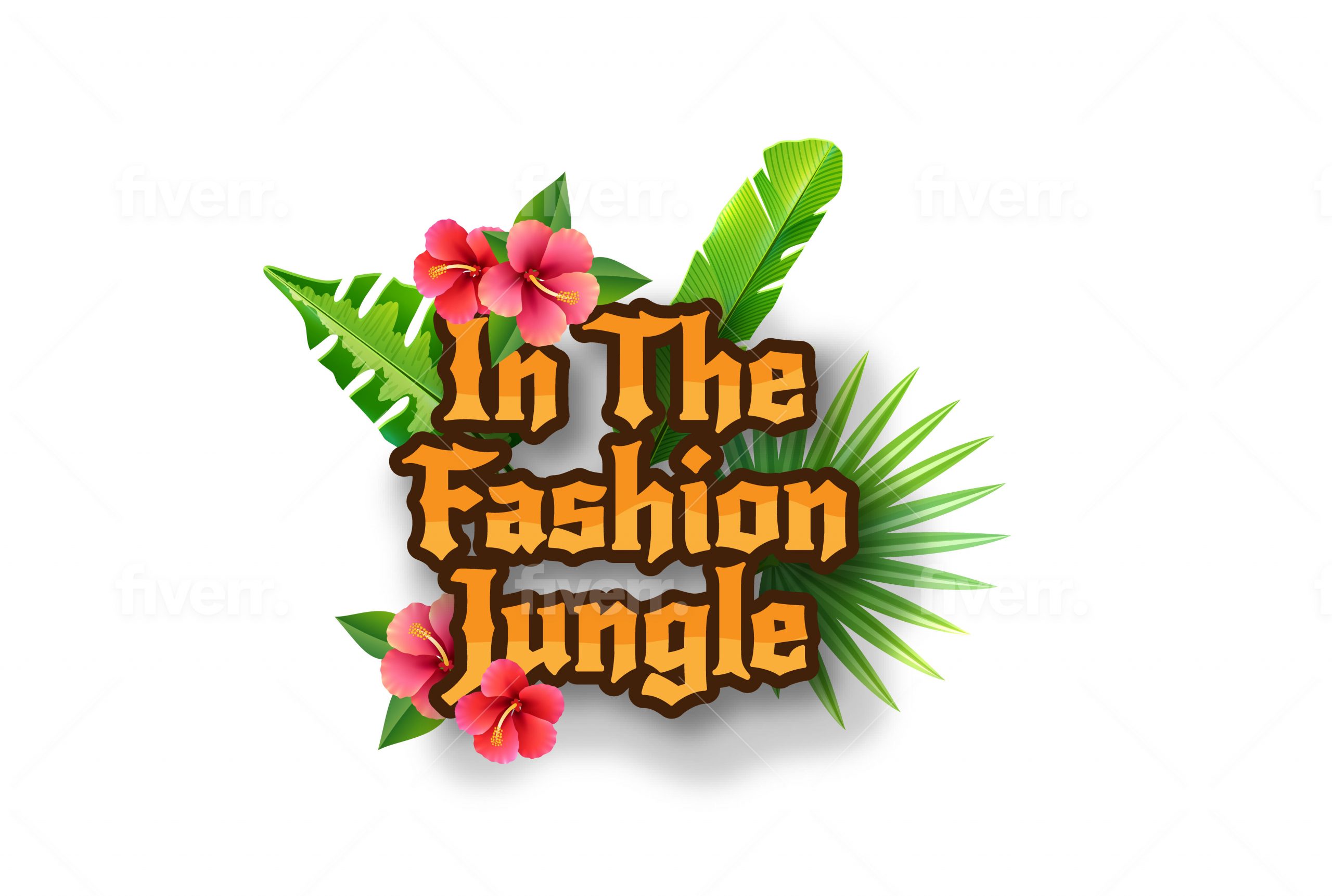Who doesn’t love braiding hair?
It can be therapeutic, relaxing, and a great way to show off your style.
However, some people believe that braiding hair is cultural appropriation.
Cultural appropriation is defined as “the act of taking or using elements of one culture by members of another culture.
So, does that mean that braiding hair is always cultural appropriation?
The short answer is no.

Braiding hair is only cultural appropriation if it is done without permission or acknowledgment of the culture that it originates from.
For example, if a white person were to braid their hair in cornrows without understanding or acknowledging the African culture that this hairstyle comes from, then that would be considered cultural appropriation.
However, if a white person were to learn about African culture and get permission from someone of that culture to braid their hair in cornrows, then that would not be considered cultural appropriation.
The same goes for any other culture and hairstyle.
If you want to try a new hairstyle, ensure to do your research and get permission from someone from that culture before you proceed.
Braiding hair is not cultural appropriation if done with permission and understanding.
So go ahead and braid away!

Table Of Contents
What Are the Different Types of Braids?
Now that we’ve established that braiding hair is not always cultural appropriation let’s learn about the different types of braids!
There are many different types of braids, and each has its name and origin. Some popular types of braids include:
- Cornrows: Cornrows are a type of braid that originates from Africa. They are created by braiding the hair in a straight line to the scalp.
- French braid: French braids are a type of braid that originates from Europe. They are made by adding small sections of hair to each side of the braid as you progress down the length of the hair.
- Fishtail braid: Fishtail braids are a type of braid that originates from Polynesia. You can make them by dividing the hair into two sections and then braiding these sections together in a fishtail pattern.
- Waterfall braid: Waterfall braids are a type of braid that originates from Europe. Let some of the hair hang loose while braiding the rest in a waterfall pattern.
- Dutch braid: Dutch braids are a type of braid that originates from Europe. They are created by adding small sections of hair to each side of the braid and then crossing these sections over the top of the braid as you progress down the length of the hair.
Now that you know about some popular types of braids, it’s time to learn how to braid hair!
What Braids Are Not Cultural Appropriation?
Now that you know the different types of braids and their origins, you can decide which styles are appropriate for you to try.
Braids have been around for centuries, and even today, some cultures use a simple hairstyle to highlight their heritage.
Only when people appropriate these styles without permission or understanding does it become an issue.
So, what braids are not linked to any culture? Any braid can be worn by anyone, as long as it is done with permission and understanding.

Be it a simple waterfall braid or a more complicated fishtail braid, as long as you take the time to learn about the style’s origins and get permission from someone from that culture, you’ll be good to go!
Thus, braids apart from the cornrow, box braid, and dreadlocks are not cultural appropriations. So feel free to try out any style you like!
What Braids are Cultural Appropriation?
As we mentioned before, cornrows, box braids, and dreadlocks are the only braids that are linked to a specific culture.
If you want to try these styles, it is important to do your research and get permission from someone from that culture before proceeding.
These braids go down history and are part of the cultural identity of many.
From Latin Americans to Africans, these hairstyles have been used to showcase one’s heritage.

And thus, it is important to show respect when borrowing from another culture.
So, if you want to try cornrows, box braids, or dreadlocks, do your research and get permission from someone from that culture first.
Only then will you be able to avoid cultural appropriation.
Braids that are Not Cultural Appropriation Offensive?
Certainly, not!
Braids are a beautiful way to style your hair, no matter your culture.
They can be simple or complicated, and there is a style out there for everyone.
Since many types of braids aren’t linked to any culture or ethnicity, you can try any style you like without offending anyone.
How Can You Learn About Braids?
Many resources are available online and in libraries if you want to learn more about braids and their origins.
There are also plenty of books and tutorials that can teach you how to do different types of braids.
Another great way to learn about braids is to ask someone from a culture that uses them frequently.
They will be able to tell you all about the history and meaning behind different styles.
Braiding Hair is Beautiful
Braiding hair is an ancient practice that many cultures worldwide have used.
There are many different types of braids, each with its history and meaning. Some braids are more simple, while others are quite intricate.

Whatever braid you choose, they can all be beautiful and add a unique touch to your hairstyle.
Moreover, it has a lot of benefits like:
- Helps in managing hair
- Keeps the hair healthy and free from split ends
- Gives a neater look
- Can be used to create different hairstyles.
A simple hairstyle, even if culturally inappropriate, when carried with dignity and respect, can be a great way to show off your heritage.
Others can also learn about other cultures by simply observing and asking questions about different braid types.
There are many ways to show off your culture without appropriating it. Learning about the origins of different braids and styles is a great place to start.
So, don’t be afraid to experiment with different styles and find the perfect one for you!

I am the founder of In The Fashion Jungle, A site that aims to bring the latest trends and fashion news to our readers. I have extensive experience in the fashion industry, having worked in fashion manufacturing, production, and quality control for many years.
My passion for fashion began at a young age, and I pursued a degree in fashion design to further hone my skills. After graduation, I worked with several well-known fashion brands, where I gained valuable experience in all aspects of fashion production.
Over the years, I have developed a keen eye for fashion trends and have a deep understanding of the manufacturing process. This has allowed me to successfully launch my own fashion site, where I can share my knowledge and expertise with others who are passionate about fashion.
Through my site, I hope to inspire others to express themselves through fashion, whether it be through clothing, jewelry, or accessories. I believe that fashion is a form of self-expression and that everyone should have the opportunity to feel confident and stylish.
Thank you for taking the time to learn more about me and my passion for fashion. I look forward to sharing my insights with you through my site.
